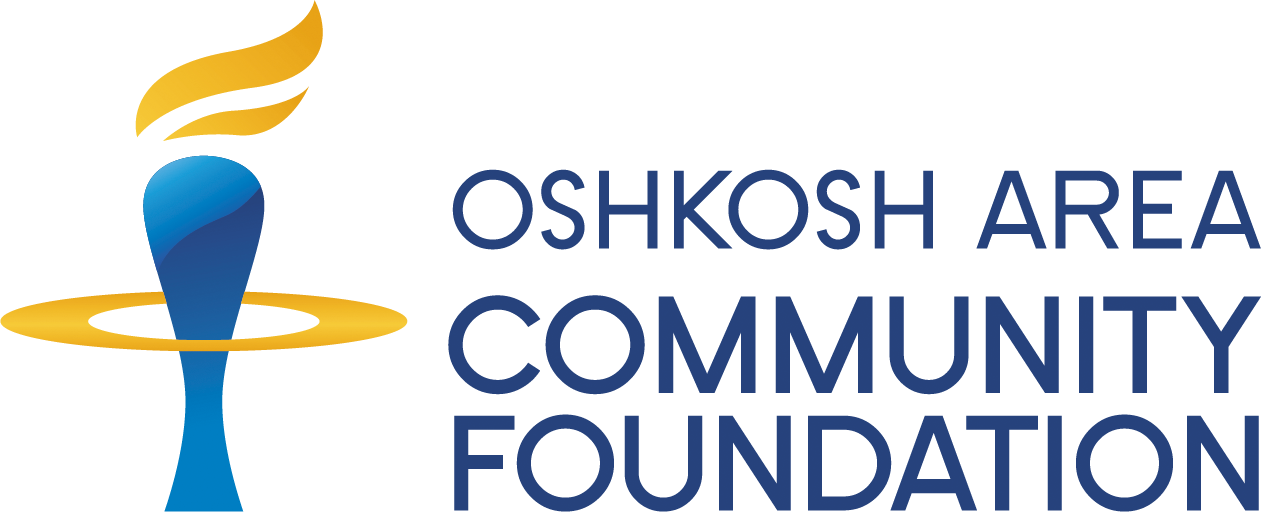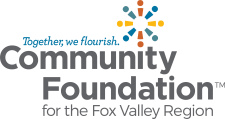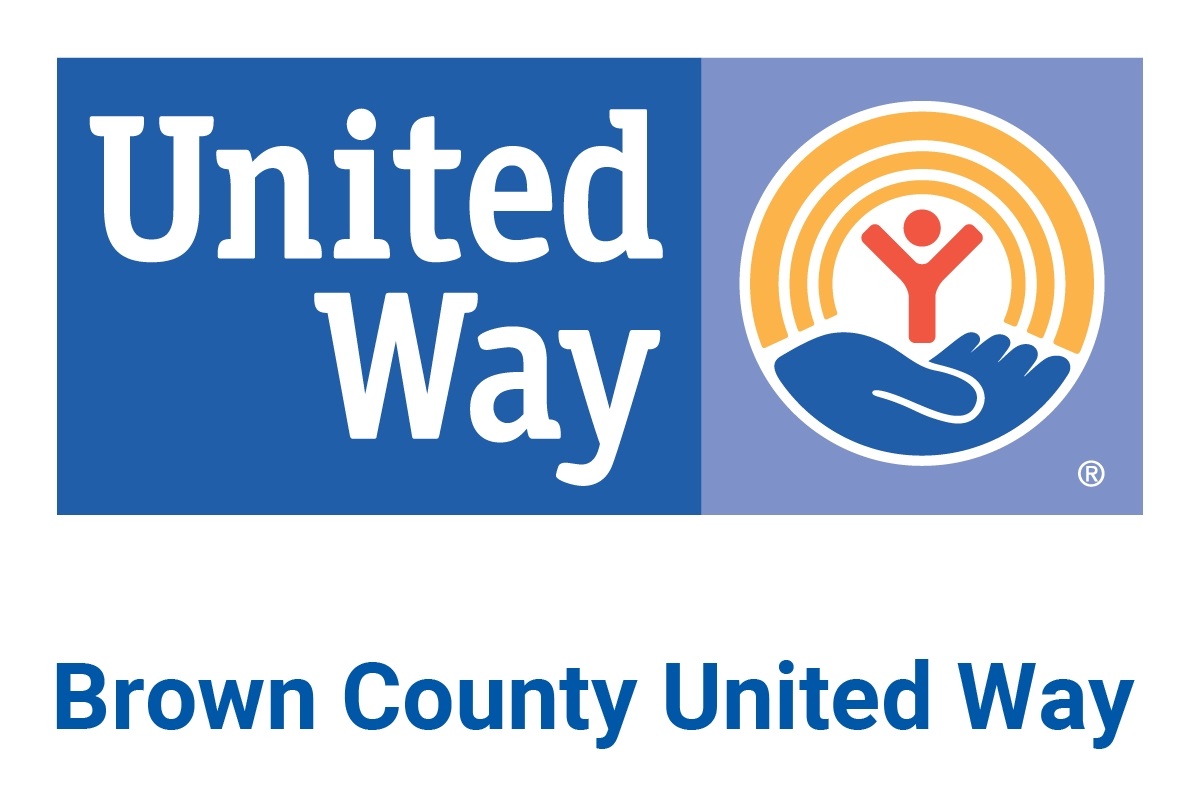UW Oshkosh Professor Offers Insight on Regional Nonprofit Compensation and Benefits
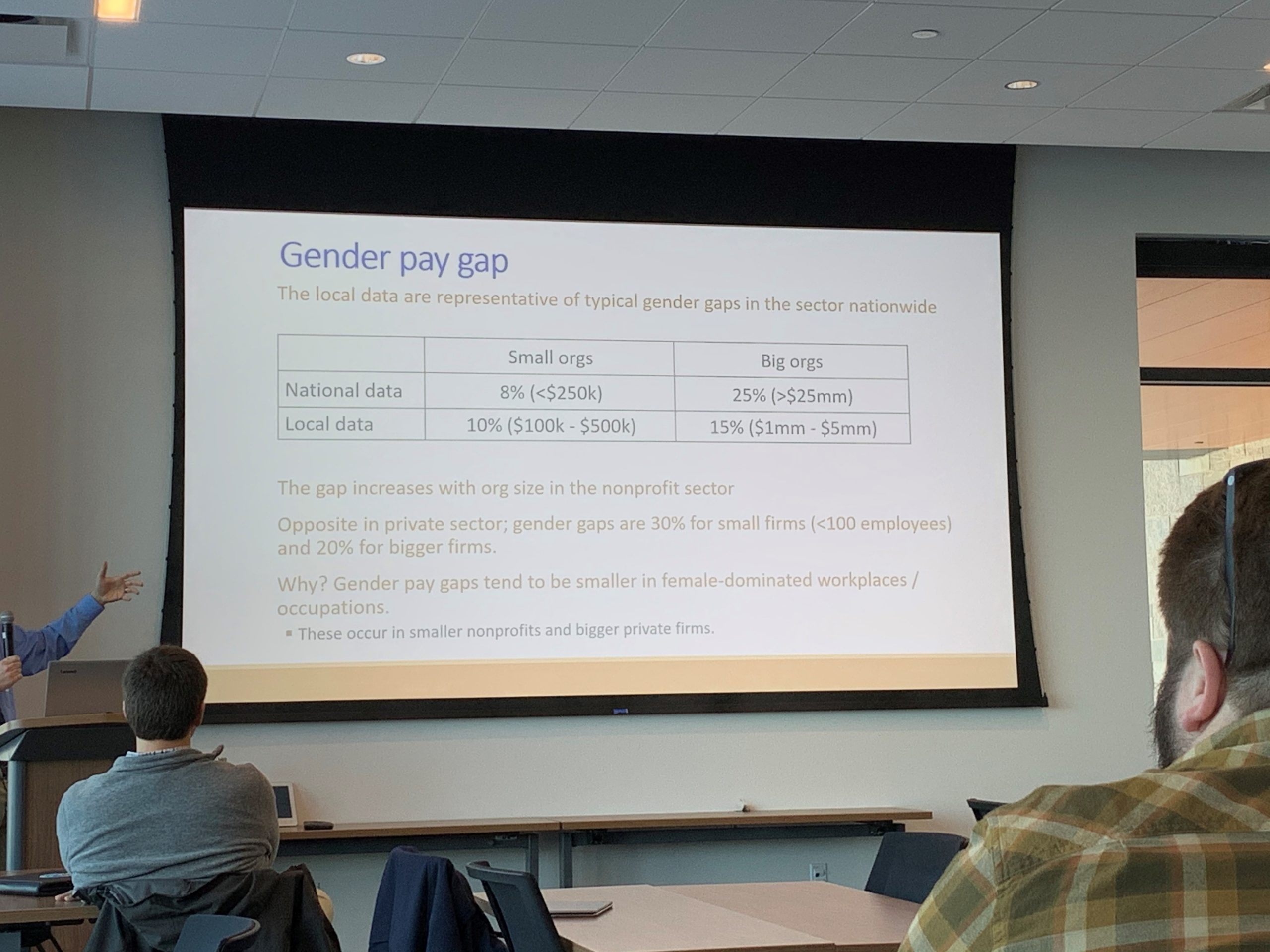

Associate Professor of Economics Dr. Benjamin Artz
On Feb. 14, InterSector presented on its 2019 Northeast Wisconsin Nonprofit Compensation and Benefits Survey at a third and final convening of nonprofit and philanthropic leaders hosted by Oshkosh Corp. and the Oshkosh Area Community Foundation. UW Oshkosh associate professor of economics Dr. Ben Artz joined InterSector project director Lisa Strandberg to add texture, context and new insights on data collected from 155 respondents.
Artz’s comments centered on the executive director gender pay disparity observed in survey data, and on a correlation Artz himself discovered between bonuses and turnover.
Gender Pay Disparity
Artz published in 2018 and 2019 on pay differences by gender in Journal of Labor Research and Industrial Relations: A Journal of Economy and Society. In his remarks at the Feb. 14 event, he pointed to key differences in gender pay disparity in the 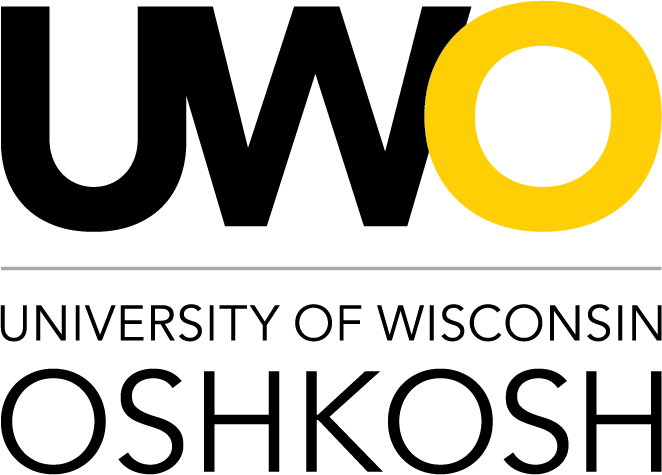 nonprofit vs. for-profit sector.
nonprofit vs. for-profit sector.
Regional survey data mirrors national nonprofit trends, Artz said, with small nonprofits ($100,000-$500,000) having a smaller pay gap between women and men — 10% — than their larger counterparts ($1 million -$5 million), which had a 15% gap. Nationally, nonprofits with budgets less than $250,000 have an 8% pay gap, while those with budgets greater than $25 million have a 25% pay gap.
This trend is reversed in the for-profit sector, Artz pointed out. Women in small businesses with fewer than 100 employees make 30% less than men; the gap shrinks to 20% for larger firms.
The rationale Artz offered for these differences is gender prevalence or dominance. Gender pay gaps tend to be smaller in female-dominated workplaces and occupations. Small nonprofits are far likelier to be led by women than men; small businesses are more
often started by men than women. Conversely, larger nonprofits are likelier to be led by men, while large businesses have a greater share of female leaders than small ones do.
Bonuses and Turnover
Twenty-one of 129 InterSector survey respondents (16%) indicated that they offer bonuses to their employees. That compares to 35% of nonprofits overall.
When Artz examined data from the InterSector survey, he discovered that nonprofits with bonus plans saw a smaller percentage of employees leave during the year considered by the survey. The workforces of nonprofits offering bonuses averaged 113 employees with 36.5 leaving over the course of the year, or 32% of the workforce. The workforces of nonprofits without bonuses averaged 44 employees with 20.6 leaving throughout the year, or 47% of the workforce.


